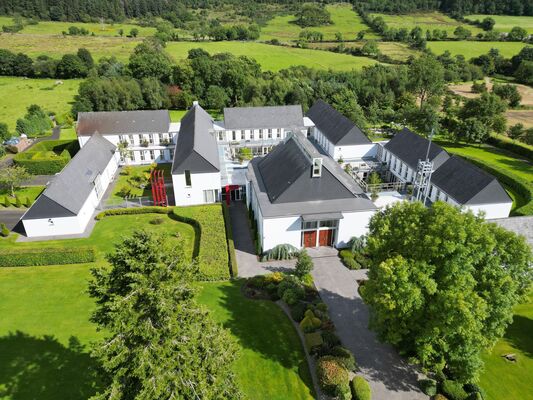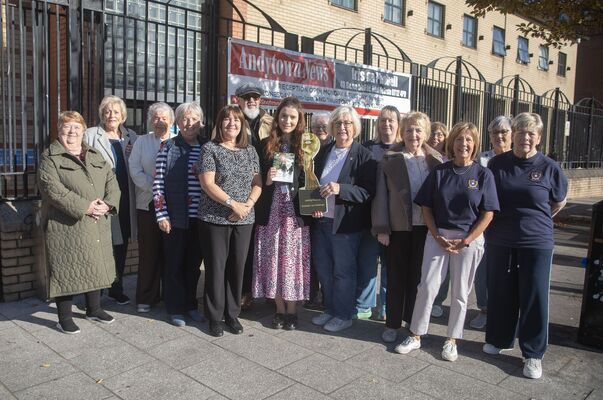AT the very heart of all true prayer and meditation lies silence.
Not the silence of mere absence of sound, but a deep, attentive stillness, a silence that allows and enables the soul to settle, the mind to rest, and the heart to listen.
In every religious tradition and contemplative path, silence is seen not as emptiness, but as fullness, a space where the divine can be encountered and inner truth revealed. Silence is not always easy.
In a world saturated with noise, distraction and endless stimulation, silence can feel unfamiliar, even uncomfortable at first. But as we grow in the art of being still, we discover that silence is not void, it is presence. Through silence, we begin to cultivate calm and clarity.
The frantic energy of our thoughts begin to slow, the emotional fog begins to lift. In that quiet, we are able to see things as they are without judgment, without distortion.
The benefits of silence on mental health are profound. Regular practice of silent prayer or meditation has been shown to reduce anxiety, lower blood pressure and improve emotional regulation.
It is in silence that we often gain insight, not just into the world, but into ourselves. We become less reactive, more grounded, more compassionate, towards ourselves and others.
Especially in our post-conflict Belfast, silence carries particular healing power. In a society that is still bearing scars of the past, silence can be profoundly restorative. Trauma, especially collective trauma, lives not just in memory but in the body and in the spaces between people.
Words as we know can often inflame and reopen wounds, or trigger old hostilities. But silence, when entered into with intention and openness, can allow for a different kind of healing. It can become a shared space beyond identity, politics, colour or creed, where the soul can breathe and reconciliation can quietly begin.
I often return to the words, of the late, great Fr Gerry Reynolds of Clonard Monastery. I had brought my good friend and poet Naomi Shihab Nye to meet him on her visit to Belfast. He had, as always, a gentle, radiant presence and a deep understanding of the contemplative path. He offered us this teaching which I hold dear to my heart: "Prayer is talking to God whereas meditation is listening."
In that simple phrase he opened a door for me where I began to understand that the deepest communion does not require speech, only presence. We are both listening and listened to.
In a world where so much is said and so little truly heard, the path of silence is not an escape, it is a return. A return to the self, to God, and to the healing power that waits quietly within.







